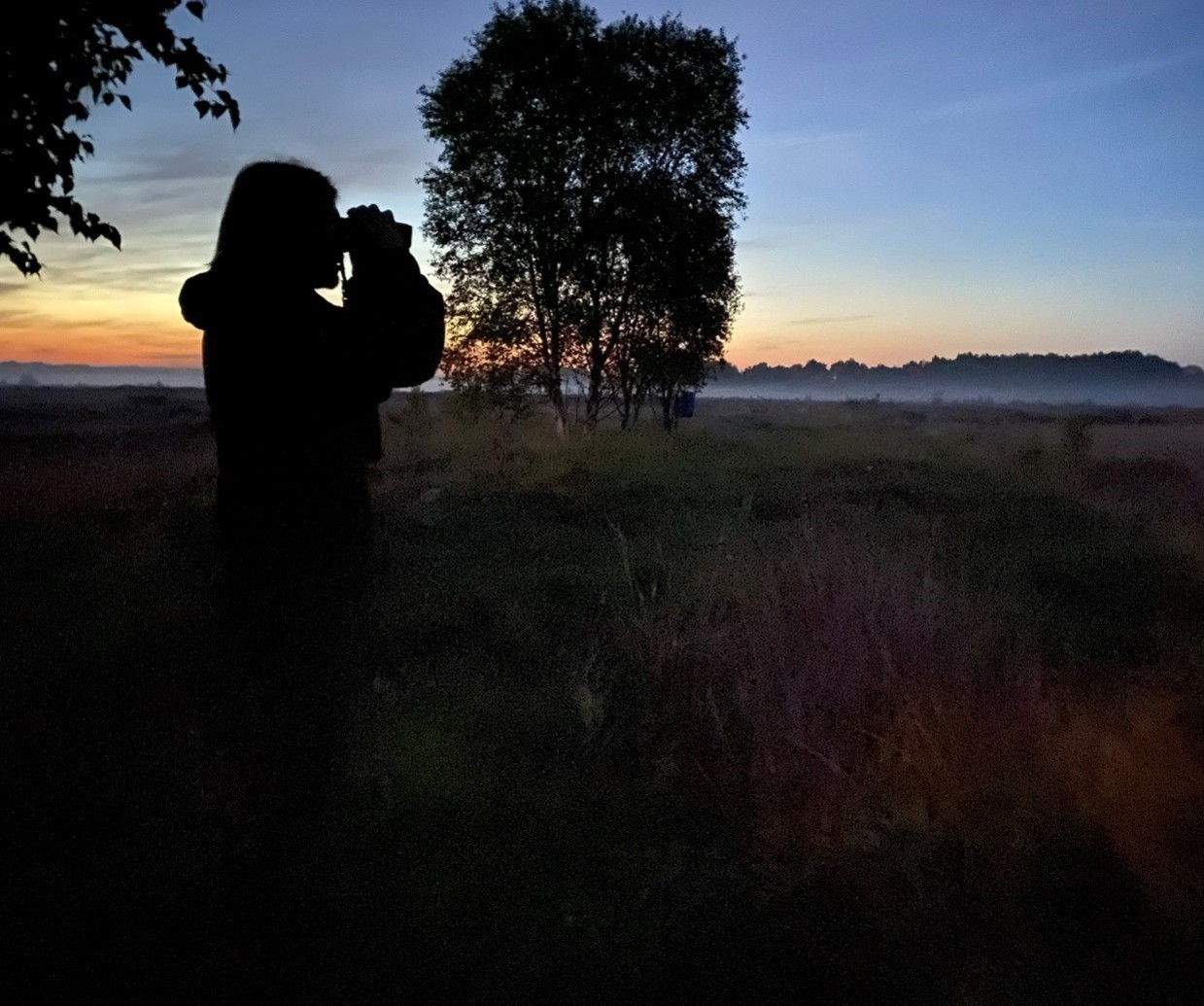The Irish Brent Goose Research Group (IBGRG) is made up of a range of government, non-government representatives, independent volunteers and academics who share an interest in the conservation of this flyway population of Brent Geese.
Meeting typically once per annum, the Group are involved in a range of activities including steering scientific research, education and outreach. We act informally as an ‘expert’ group towards the implementation of the Africa-Eurasian Waterbird Agreement (AEWA) Single Species Action Plan for this population.
Reflecting its wide membership there is no single base of activities for the group. The bulk of the research activity within the group emanates from the Cornwall (Falmouth) campus of the University of Exeter where Professor Bearhop's and Dr Harrison's groups reside. The principal officers are Gerry Murphy (gbmurphy18@gmail.com; Chairman), Kendrew Colhoun (irishbrentgoose@gmail.com; Resightings co-ordinator and Secretary) and Stuart Bearhop (s.bearhop@exeter.ac.uk; Research Director).
The Secretary also helps manage much of the research activities on Brent and (other species), supported primarily from grants from the Northern Ireland Environment Agency (NIEA), the National Parks & Wildlife Service (NPWS) and The Heritage Council, but currently this work is undertaken off the side of his desk.
The primary researchers and PIs on the main scientific elements of the projects were and are (PhD, postdoc and PIs less heavily involved in a full-time capacity with the project are indicated*): Professor Stuart Bearhop, Dr Tom Bodey*, Dr Ian Cleasby*, Dr Kendrew Colhoun, Dr Gudmundur Gudmundson, Dr Tess Handby, Dr Xavier Harrison, Dr Richard Inger*, Kerry Mackie, Graham McElwaine, Dr Andrea Soriana-Redondo* and Dr Feydis Vigfusdottir*.

WHAT WE DO (IN A TYPICAL YEAR)
Generate 10-15,000 resightings per annum across the flyway, observations submitted, cleaned, collated in our database, and information fed back to observers from our resightings co-ordinator.
Count and age the population (ageing a sample) each autumn (aerial surveys in Iceland and ground counts elsewhere - data goes to the WWT Goose and Swan Monitoring Programme.
The scientific team analyse and/or write up the data for scientific publications.
Catching (cannon-netting) geese often 3+ time per year in the winter in Ireland.
Resighting, observing, counting and catching geese in May in Iceland.
